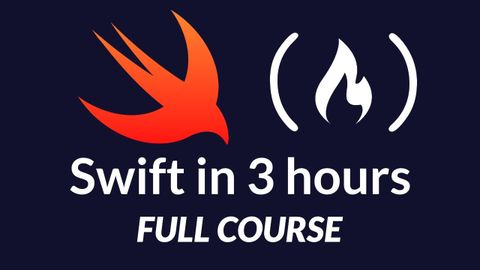Swift教程--初學者全科課程 (Swift Tutorial - Full Course for Beginners)
 沒有此條件下的單字
沒有此條件下的單字US /ˈkɑnstənt/
・
UK /'kɒnstənt/
US /ˈbesɪkəli,-kli/
・
UK /ˈbeɪsɪkli/
US /ˈkærəktɚ/
・
UK /'kærəktə(r)/
- n.角色,人物(故事,電影或戲劇中);字,字體;性格;特點;人物(一般用法);名譽;名聲
US /ˌrɛprɪˈzɛnt/
・
UK /ˌreprɪ'zent/
- v.t.具象派的;象徵;表示;代表(政府機關);當...代表

